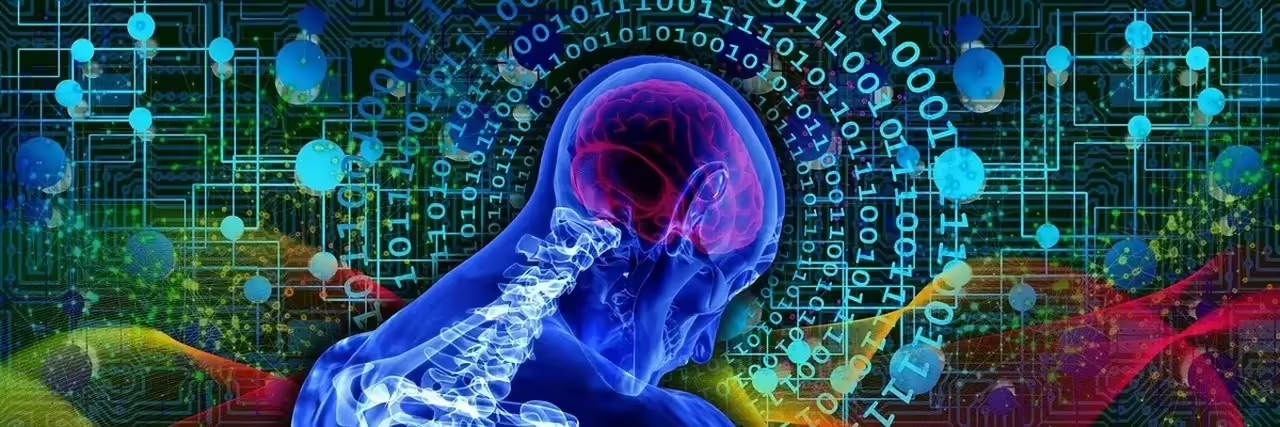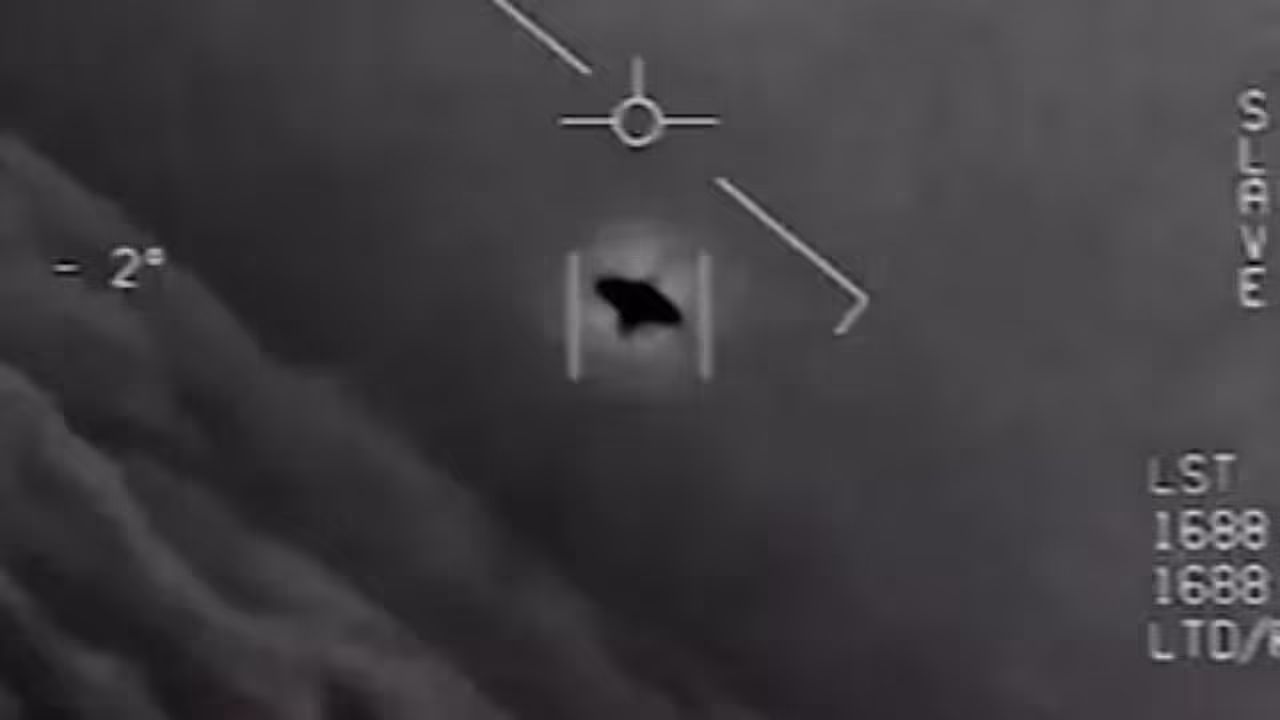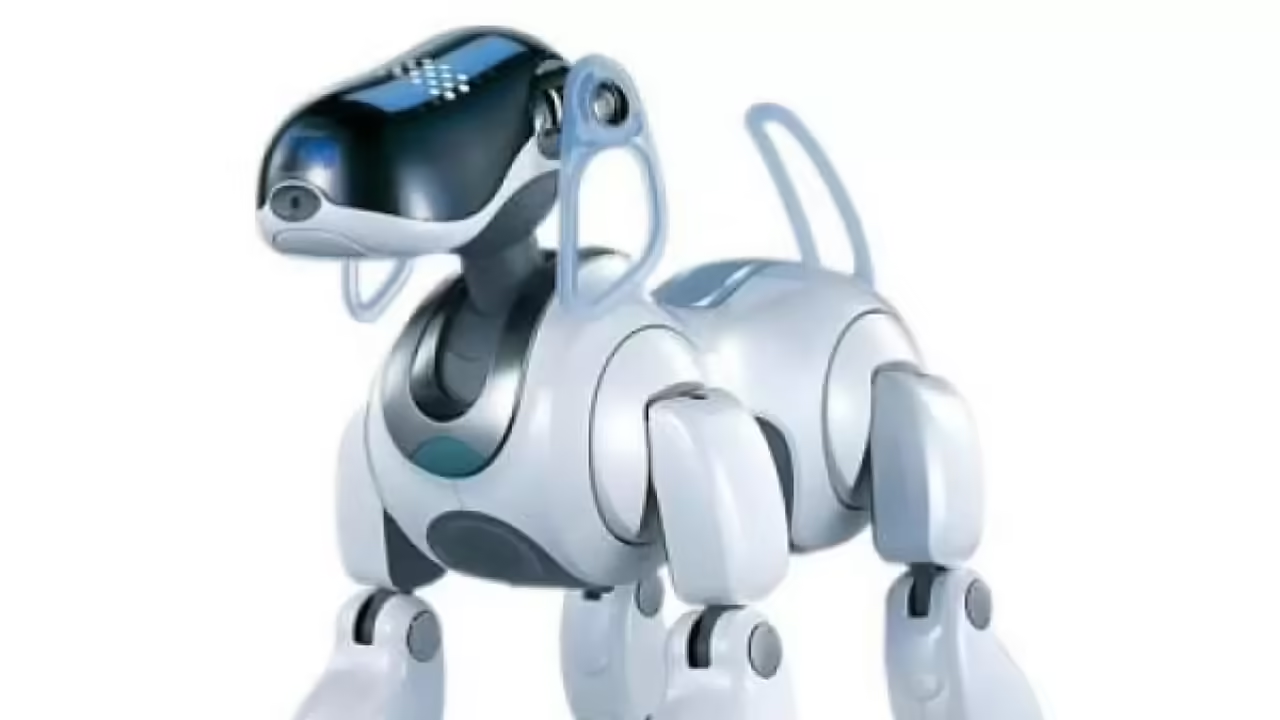
Humans have always been fascinated with the idea of transferring their mind and consciousness to another medium, such as a machine or artificial body. This idea has been explored in works of science fiction for decades, but in recent years, advances in technology and neuroscience have led to a more serious question: can we digitize the human mind?
Digitizing the human mind would involve transferring the information that makes our consciousness possible, such as our thoughts, feelings and memories, to a digital medium, such as a computer. In theory, this would allow a person to live forever, even after their physical body dies. But is it possible to carry out this transfer?
First, it is necessary to understand how the human brain works. The brain is a complex network of interconnected neurons that communicate with each other through electrical and chemical signals. These signals create patterns that are interpreted by the brain as thoughts, emotions and memories.
The idea of digitizing the mind involves mapping all the neural connections and replicating them in a digital medium. Although some researchers are already working on this process, we are still a long way from being able to map all the neural connections in a human brain.
Transferring human consciousness to a machine also raises serious ethical and philosophical challenges. What happens to a person’s identity when transferred to a digital medium? Would the digital version of a person really be the same person as the physical version?
The digitization of the mind raises questions about ownership and control of the information contained in a person’s consciousness. Who would have access to this information and how would it be used? Could it be used for malicious purposes?
From flesh to machine: the dream of transcending our bodies
Since ancient times, mankind has dreamed of the idea of transcending our physical bodies and becoming something beyond flesh and bones. For centuries, this dream was relegated to literature and mythology, but with the advent of technology and neuroscience, the concept of transferring our mind into a machine or artificial body has become a real possibility.
At its core, the idea of transcending our physical bodies involves the transfer of the human mind to a non-biological medium, such as a computer, machine or artificial body. This would allow a person to live beyond his or her physical body, even after death, in a medium that is not limited by mortality and the frailty of the flesh.
This concept has been explored in science fiction literature and movies for decades, but advances in technology and neuroscience have made it increasingly feasible. Scientists are working on creating brain-machine interfaces that allow humans to control electronic devices with their minds, and on digitizing the human mind.
However, this technology is not without technical and ethical challenges. First, transferring the mind to a machine or artificial body raises questions about a person’s identity. Would the digital version of a person really be the same person as the physical version? How would the continuity of a person’s consciousness and personality be ensured after the transfer?
Is it possible to upload human consciousness to a computer?
The answer to this question remains uncertain, but advances in neuroscience and artificial intelligence have made this possibility increasingly real. Currently, there is ongoing research that seeks to understand the structure and functioning of the human brain, with the goal of creating a digital replica of consciousness.
To achieve this would require a computer model that could simulate the complexity of the human brain, which has billions of neurons and trillions of connections. Although we have not yet reached this goal, advances in artificial intelligence and deep learning have brought us closer to it.
One of the techniques being used for this purpose is reverse neuroengineering, which involves analyzing brain activity and creating mathematical models and algorithms that can replicate that activity. These models could be used to create a digital replica of human consciousness, although this is still at an early stage of research.
In addition, there is the problem of subjectivity and personal experience. Human consciousness is unique and is shaped by our experiences, thoughts and emotions. Creating an artificial consciousness that could replicate these experiences would be a major challenge, as subjectivity is difficult to define and measure.
There are also ethical and philosophical concerns regarding the transfer of human consciousness to a computer. Would the digital version of a person really be the same person as the physical version? How would the continuity of a person’s consciousness and personality be ensured after the transfer?
The ethical challenges of transferring consciousness to a machine
First, what does it mean to be conscious? Is consciousness an emergent property of neural activity or is it something more? Can we measure or detect consciousness in a machine? How would we know if a machine has a subjective experience of the world and a first-person view of itself? These are questions that do not yet have a definitive answer in science and philosophy.
Second, what implications would the transfer of consciousness to a machine have for the identity and rights of persons? Would the digital replica be a continuation or a copy of the original person? What would happen to the original body and brain? Would they have the right to continue living or would they be eliminated? What rights would the digital replica have? Would it be considered a person or an object? Could it be modified, copied, or disconnected without consent? These are questions that affect the dignity and autonomy of conscious beings.
Third, what consequences would the transfer of consciousness to a machine have for society and the environment? How would people relate to conscious machines? Would there be cooperation or conflict? What impact would the existence of conscious machines have on social values and norms? What effect would the possibility of living indefinitely in a machine have on the meaning of life and death? What resources would be needed to maintain and protect conscious machines? These are questions that involve social and environmental ethics.
The transfer of consciousness to a machine is an issue that involves not only technical challenges, but also ethical ones. It is necessary to reflect on the moral implications of this scenario before attempting to carry it out. It is not just a matter of creating a machine that mimics a person, but of respecting and protecting a conscious being.
How technology could change our perception of life and death
Technology is a transformative force that affects every aspect of our existence. From the way we communicate, work, learn and have fun, to the way we relate to ourselves, to others and to the world around us. Technology can also change our perception of life and death, offering us new possibilities to prolong, enhance and modify our existence.
On the one hand, technology can help us fight disease, improve quality of life, increase life expectancy and facilitate access to basic services such as health, education and food. Technology can also enable us to explore new forms of expression, creativity and knowledge, as well as broaden our cultural and social horizons. Technology can be a great equalizer, reducing gaps and inequalities between individuals and groups.
On the other hand, technology can also present us with new ethical, social and existential challenges. Technology can threaten our privacy, security and human rights. Technology can generate dependence, isolation and alienation. Technology can create new conflicts, violence and suffering. Technology can also challenge our human identity, by modifying our mental, physical and emotional capacities, as well as our relationship with our body, mind and spirit.
Technology is neither good nor bad in itself, but depends on the use we make of it and the ends we pursue. Therefore, it is important to reflect on how technology could change our perception of life and death, and what kind of world we want to build with it. What values, principles and norms should guide our technological development? What benefits and risks does technology imply for our existence? What responsibilities do we have as individuals and as a society in the face of technology? These are some of the questions we need to ask ourselves in order to harness and manage new technologies in an ethical, sustainable and inclusive way.
The intersection of neuroscience and technology: how does the transfer of consciousness work?
Consciousness transfer is a concept that refers to the possibility of transferring an individual’s mind to another physical medium, such as a computer or a robot. It is an idea that has fascinated science fiction and raises many ethical, philosophical and technical challenges. How does this process work from the point of view of neuroscience and technology?
Neuroscience is the discipline that studies the functioning of the nervous system and its implications for behavior, learning, memory and cognition. Technology is the body of knowledge, tools and methods that are applied to solve practical problems or create new products or services. The intersection of both areas is a very active and promising field of research, which seeks to better understand the human brain and develop applications that improve people’s quality of life.
One of the most ambitious and controversial applications of this intersection is the transfer of consciousness, which involves replicating or emulating the mental content of an individual in another physical medium. This would require a complete and detailed scan of the subject’s brain, capturing all the information about its structure and neural activity. This information would be stored in a digital format and processed by complex algorithms that would simulate the functioning of the original brain. The result would be a virtual copy of the individual’s mind, which could be transferred to another device or platform.
However, this process poses numerous technical and scientific difficulties. On the one hand, it is not known whether it is possible to capture all the relevant information from the brain with current or future technology, since it is a very complex and dynamic organ, with billions of neurons and synaptic connections. On the other hand, it is not known whether it is possible to faithfully recreate the functioning of the brain with computational models or artificial intelligence, since it is a non-linear, adaptive and emergent system. In addition, it is questioned whether the virtual copy would really be equivalent to the original, or whether it would lose essential aspects such as identity, personality or consciousness.
The transfer of consciousness is a subject that generates much speculation and debate, both scientifically and ethically. Some authors argue that it is a real and desirable possibility, which would make it possible to expand human capacities, overcome biological limitations or even achieve immortality. Other authors criticize it as an unrealistic and dangerous fantasy, which would imply violating human rights, altering human nature or creating existential risks. In any case, this is a subject that requires deep and responsible reflection on the implications and consequences of the intersection between neuroscience and technology.







